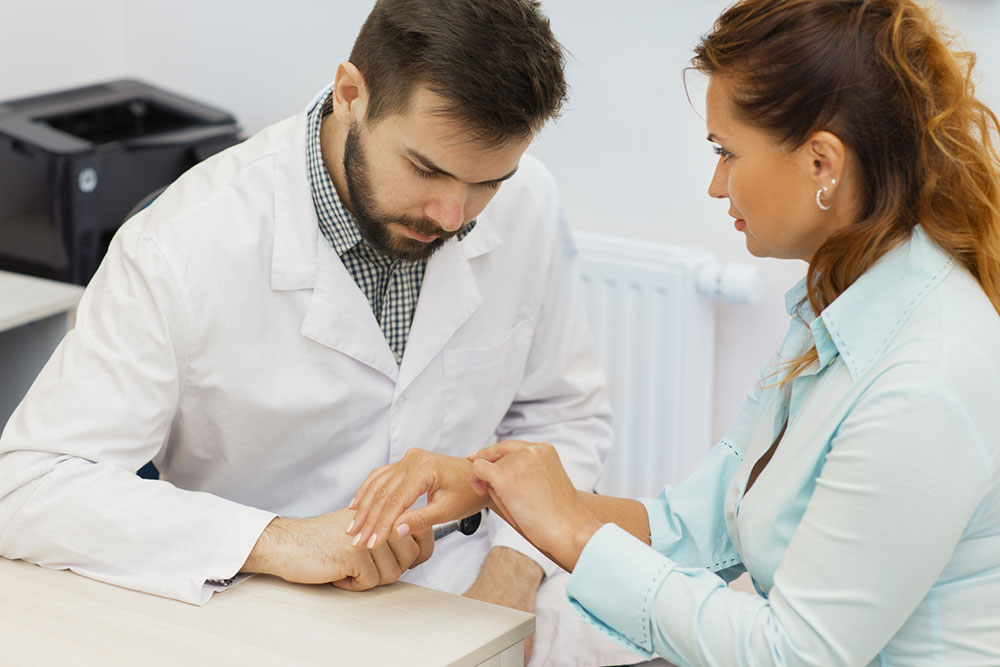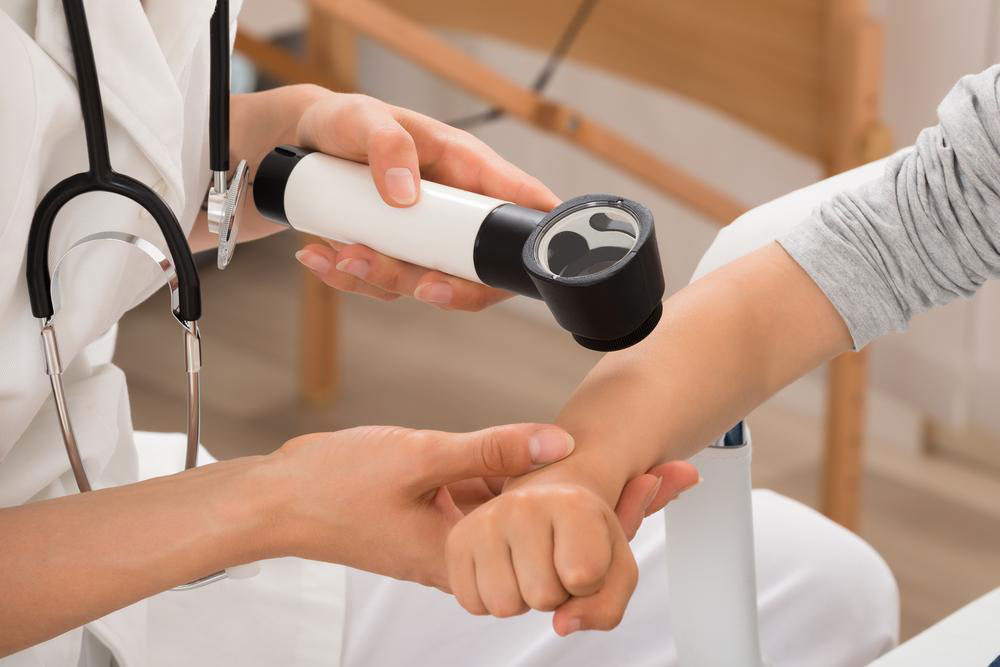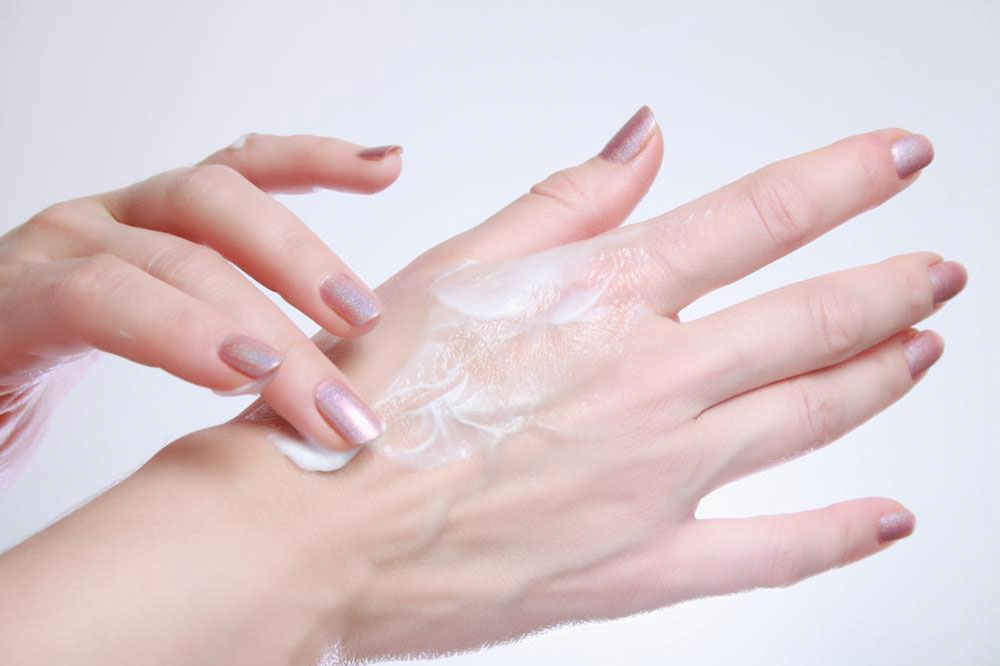Comprehensive Guide to Recognizing the 6 Key Symptoms of Plaque Psoriasis
This comprehensive guide details the six primary symptoms of plaque psoriasis, emphasizing early detection and effective management. Learn about skin rashes, inflammation, joint pain, and nail changes, along with treatment options and lifestyle tips to keep psoriasis under control and improve quality of life.

Comprehensive Guide to Recognizing the 6 Key Symptoms of Plaque Psoriasis
Psoriasis is a common chronic skin condition characterized by abnormal immune responses that cause rapid skin cell growth. Among its various forms, plaque psoriasis is the most widespread, affecting approximately 80% to 90% of individuals diagnosed with psoriasis. This condition manifests as thick, itchy patches known as plaques, which often appear as reddish or purplish areas of skin buildup. These plaques can develop on different parts of the body, including the scalp, elbows, knees, and back, significantly impacting patients' quality of life.
The appearance of psoriasis plaques varies depending on skin tone: on lighter skin, they typically look like red or pink patches covered with silvery scales; on medium skin tones, they may appear as pink-orange patches with similar scaling; and on darker skin, they can be dark brown, violet, or grayish patches. Nevertheless, individual cases may show variation due to genetics, environmental factors, and skin types.
Understanding the key indicators of plaque psoriasis is essential for early detection and effective management. Recognizing these symptoms enables patients and healthcare providers to initiate appropriate treatment promptly, preventing worsening of the condition and improving overall skin health.
Key Symptoms of Plaque Psoriasis:
1. Skin Rashes: The earliest sign often involves raised, red patches that are covered with silvery-white or shiny scales. These rashes tend to merge, creating larger plaques that are typically symmetrical and often found on the limbs, scalp, elbows, and knees. These skin changes are usually persistent and may develop gradually over days or weeks.
2. Redness and Inflammation: Inflammation is a hallmark of psoriasis, with affected areas appearing red or purple depending on skin tone. These inflamed patches are often accompanied by itching and a sensation of soreness, signaling an active immune response.
3. Joint Discomfort (Psoriatic Arthritis): Some individuals with psoriasis may develop psoriatic arthritis, which is characterized by swelling, tenderness, and stiffness in affected joints. Recognizing joint symptoms early is crucial to prevent irreversible joint damage and to manage pain effectively.
4. Dry or Cracked Skin: Psoriasis plaques often cause the skin to become dry, rough, and prone to cracking, which can be painful and susceptible to infections. Areas that bend or flex are particularly vulnerable to cracking and soreness.
5. Itching and Burning Sensations: Many sufferers experience intense itching, burning, or stinging in the affected areas. These sensations can interfere with daily activities and sleep, requiring targeted soothing treatments.
6. Nail Changes: Psoriasis can also affect nails, leading to pitting, discoloration, thickening, or dents. Nail involvement can be particularly distressing and may sometimes simulate fungal infections, complicating diagnosis.
Any persistent skin changes, especially those causing discomfort or interfering with daily life, should prompt consultation with a healthcare professional. Early diagnosis facilitates tailored treatment plans, helping to control symptoms and prevent complications.
When to Seek Medical Care: You should see a doctor if you notice signs of psoriasis, experience ongoing skin discomfort, or if over-the-counter remedies do not bring relief. An accurate diagnosis is essential for effective treatment, which may include topical medications, phototherapy, or systemic therapies.
Approaches to Treatment: Healthcare providers typically recommend a combination of topical treatments such as corticosteroids, vitamin D analogs, phototherapy, and sometimes systemic drugs for severe cases. Lifestyle modifications and home remedies also play a vital role in managing symptoms and reducing flare-ups.
Skincare and Lifestyle Tips: Managing psoriasis involves consistent skin care routines. Keep skin well-moisturized with emollients, avoid hot showers and harsh soaps, and refrain from vigorous scrubbing to prevent irritation. Short baths with Epsom salts can soothe inflamed skin, and humidity helps maintain skin hydration. Avoid skin injuries, as they can trigger new plaques—a phenomenon known as the Koebner effect.
Lifestyle Adaptations: To minimize symptom severity, limit exposure to direct sunlight, wear loose and breathable clothing, ensure adequate sleep, and incorporate stress management strategies such as yoga and meditation. Regular exercise supports overall health and can reduce inflammation, improving skin condition over time.
Understanding the Causes and Risk Factors: Genetic predisposition is a significant factor, as a family history increases the likelihood of developing psoriasis. Immune system dysregulation leads to accelerated skin cell production, creating the characteristic plaques. Environmental triggers such as skin injuries, infections, stress, certain medications, and lifestyle factors can provoke or worsen flare-ups. Recognizing these triggers allows patients to take proactive measures to minimize their effects and maintain skin health.
In summary, understanding the six key indicators of plaque psoriasis is essential for early recognition and management. Being aware of symptoms such as skin rashes, redness, joint pain, skin cracking, itching, and nail changes enables timely intervention, reducing the impact on daily life and preventing progression. With proper treatment, skincare, and lifestyle adjustments, individuals with plaque psoriasis can lead healthier, more comfortable lives.





